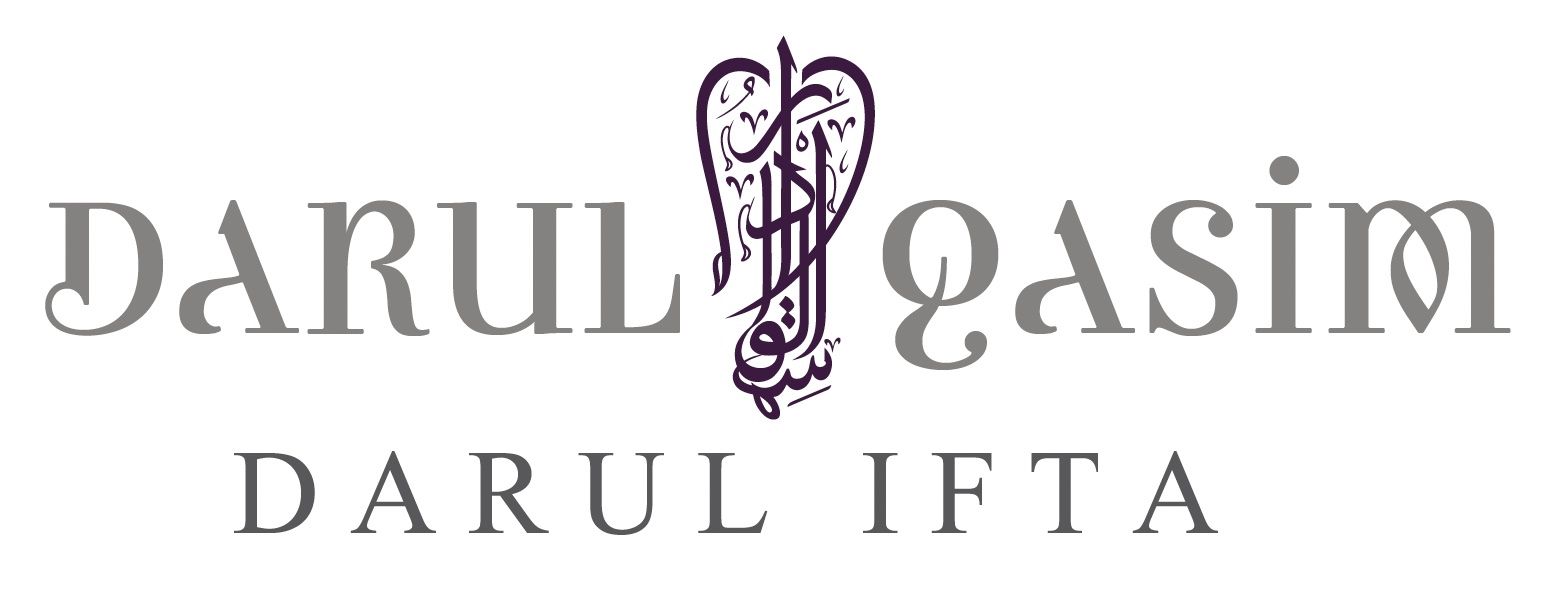Using Ṣalāh Timetables
Question
|
Assalamu alaikum, 1) I was wondering, in the Hanafi school, is *exclusively* using prayer timetables or prayer time calculators a valid means of determining the prayer times without looking at the sun/sky or being informed of the start of the prayer time by someone who directly determined the prayer time by looking at the sun/sky? I’ve read that it may be problematic to just use a prayer app or timetable or calculator without checking to see if that timetable or app was based on direct observation and the basic books of fiqh that I have looked at only mention the signs in the sky that dictate the prayer times so that is why I am confused.
2) Is it permissible to simply check a reliable prayer timetable and use the opinion of 12, 15, or 18 degrees for the beginning of Isha and 15 or 18 degrees for the beginning of Fajir without basing it on direct observation of the sky or checking the accuracy of those estimates by observing the sky? Put another way, what would be the best way for someone to determine the beginning of Isha and Fajir?
If you could please provide a reference it would be greatly appreciated and would put me at ease. |
Answer
Waʿalaykum al-Salām wa Raḥmat Allah wa Barakātu-h.
In the Name of Allah, The Gracious, The Merciful.
- It is permissible to use ṣalāh timetables provided they are accurate and calculated by a reliable source. Of course, the sun’s positioning in the sky is the primary consideration by which the ṣalāh times enter, but one may use tools, such as timetables, for the sake of ease. This fact is especially true when there is obstruction in the sky (for example: light pollution, cloudiness, etc.) or someone is blind. ʿAllāmah Ibn ʿĀbidīn states (Radd al-Muḥtār, 1:431):
…Thus, reliance should be had – in regard to the timings of ṣalāh and [also] the qiblah [direction] – on what the reliable ʿulamāʾ have mentioned in the books on timings [of ṣalāh] and the instruments they have made for them in terms of the quadrant and astrolabe. For, although they do not provide certainty, they [do] provide high probability for the one knowledgeable in them – and high probability is sufficient for that.
فَيَنْبَغِي الِاعْتِمَادُ فِي أَوْقَاتِ الصَّلَاةِ وَفِي الْقِبْلَةِ، عَلَى مَا ذَكَرَهُ الْعُلَمَاءُ الثِّقَاتُ فِي كُتُبِ الْمَوَاقِيتِ، وَعَلَى مَا وَضَعُوهُ لَهَا مِنْ الْآلَاتِ كَالرَّبَعِ والأسطرلاب فَإِنَّهَا إنْ لَمْ تَفْدِ الْيَقِينَ تَفْدِ غَلَبَةَ الظَّنِّ لِلْعَالِمِ بِهَا، وَغَلَبَةُ الظَّنِّ كَافِيَةٌ فِي ذَلِكَ
You may also refer to the fatāwā of ʿulamāʾ such as Mawlana Ashraf ʿAlī Thānvī (Imdād al-Fatāwā, 1:155-156) and Muftī Maḥmūd (Fatāwā Maḥmūdiyyah, 5:359-361).
- For the beginning of Fajr, the Darul Ifta’s position is that Fajr begins at 18 degrees (see the following: https://darulqasim.org/the-timing-of-fajr-and-18-degrees/). As for ʿIshāʾ, Imām Abū Ḥanīfah’s position is that the ṣalāh time begins when the white dusk-light disappears (18 degrees, similar to “astronomical twilight”), whereas his two students, Imām Abū Yūsuf and Imām Muḥammad (the Ṣāḥibayn), maintain that the ṣalāh time begins when the red dusk-light disappears (at the earlier 15-degree time, approximately after “nautical twilight” but before “astronomical twilight”). Imām Abū Ḥanīfah’s position is the precautious position although scholars allow practice according to the Ṣāḥibayn’s view in acknowledgement of both its facility and communal practice (See: al-Lubāb, 1:56-57; Aḥsan al-Fatāwā, 2:129-130), especially in certain circumstances (for example, longitudinal and seasonal considerations). In any case, one should maintain consistency in their practice.
And Allah knows best.
